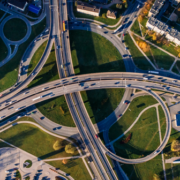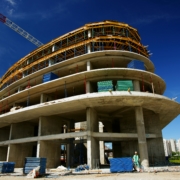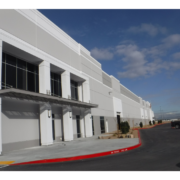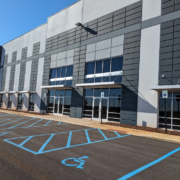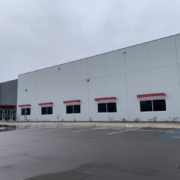Improving Energy Efficiency in Construction Projects
The construction industry significantly impacts the environment, but there’s a growing movement toward sustainability that builders, contractors, and developers simply cannot ignore. The path towards promoting energy-efficient building practices is by utilizing tax incentives such as §179D and §45L, crucial in offering substantial financial benefits to those who adopt sustainable practices.
The Impact of §179D and §45L: Key Incentives for Energy Efficiency in Construction Industry
The §179D Energy Efficiency Deduction and the §45L Energy Efficient Home Credit are vital tax incentives encouraging energy-efficient building practices.
1. §179D Deduction:
Under the Inflation Reduction Act of 2022, properties placed in service before January 1, 2023, may be eligible for a tax deduction of up to $1.80 per square foot for qualifying energy efficiency improvements. For properties placed in service after January 1, 2023, the maximum deduction value increases to $5.65 per square foot, depending on the energy efficiency level achieved.
- Provides significant tax benefits for energy-efficient improvements in commercial buildings and residential apartment buildings four or more stories.
- Eligible improvements in lighting, HVAC systems, and building envelopes can earn deductions up to $1.80 per square foot for properties placed in service before January 1, 2023, and up to $5.65 per square foot for those placed in service afterward, as per the Inflation Reduction Act.
- Certification by a qualified third party is required to verify compliance with energy savings criteria.
- The deduction enhances cash flow through tax savings, allowing for retroactive claims on past improvements.
2. §45L Tax Credit:
With §45L Energy Efficient Credit, developers with eligible projects can claim a credit of $500 to $5,000 per qualifying dwelling unit for meeting specific energy efficiency standards, including requirements for heating, cooling, ventilation, and building envelope components.
- Offers valuable tax incentives for developers constructing energy-efficient dwellings.
- Qualifying properties include multifamily apartment buildings, assisted living facilities, condos, single-family homes, townhome developments, and residential buildings (three stories or less) undergoing significant upgrades to improve energy efficiency.
- Leveraging the §45L credit aligns with broader sustainability goals, positioning developers as leaders in green building practices and supporting efforts to reduce greenhouse gas emissions in the residential sector.
Practical Strategies for Maximizing §179D and §45L Benefits
Construction projects must adhere to energy efficiency criteria to leverage these incentives. Here are some practical strategies:
- Planning for Efficiency: Integrate energy efficiency considerations from the start by collaborating between architects and engineers
- Optimizing the Building Envelope: Utilize high-performance insulation materials and implement air sealing measures.
- Energy-Efficient HVAC Systems: Specify high-efficiency HVAC equipment with features
- Lighting Design: Energy-efficient LED lighting fixtures should be used throughout the building and lighting control systems.
Walker Reid: Your Partner in Navigating §179D and §45L Incentives
At Walker Reid, we specialize in guiding clients through the complexities of §179D and §45L incentives. We are committed to helping clients achieve sustainability goals while maximizing tax benefits. Contact Walker Reid today to learn how we can help you maximize energy efficiency deductions and credits for your construction projects.





